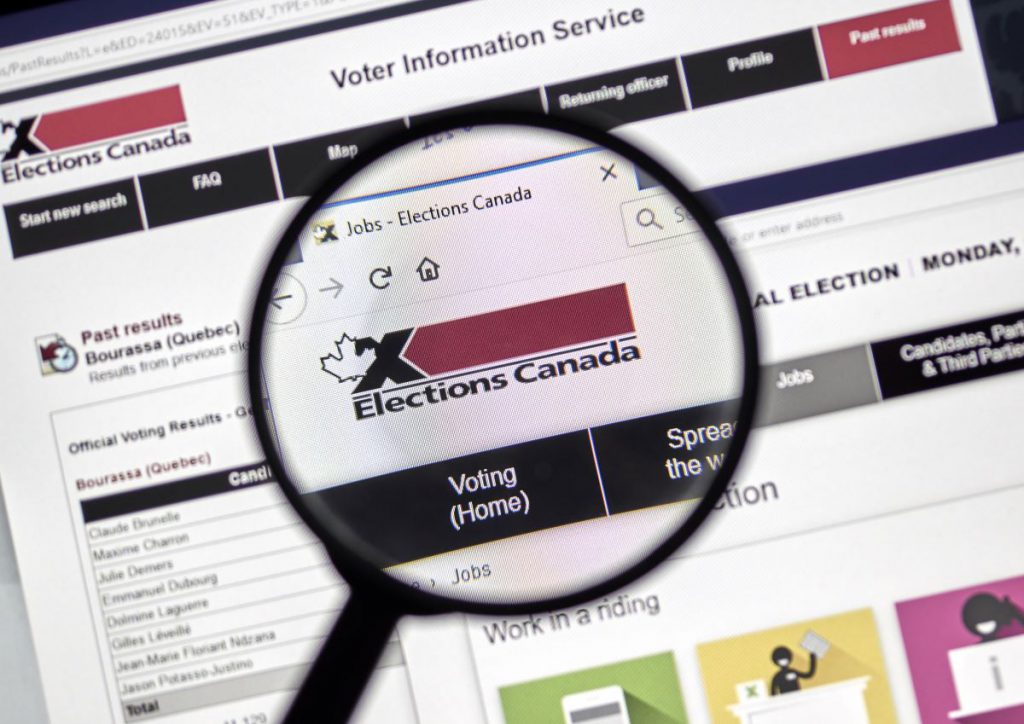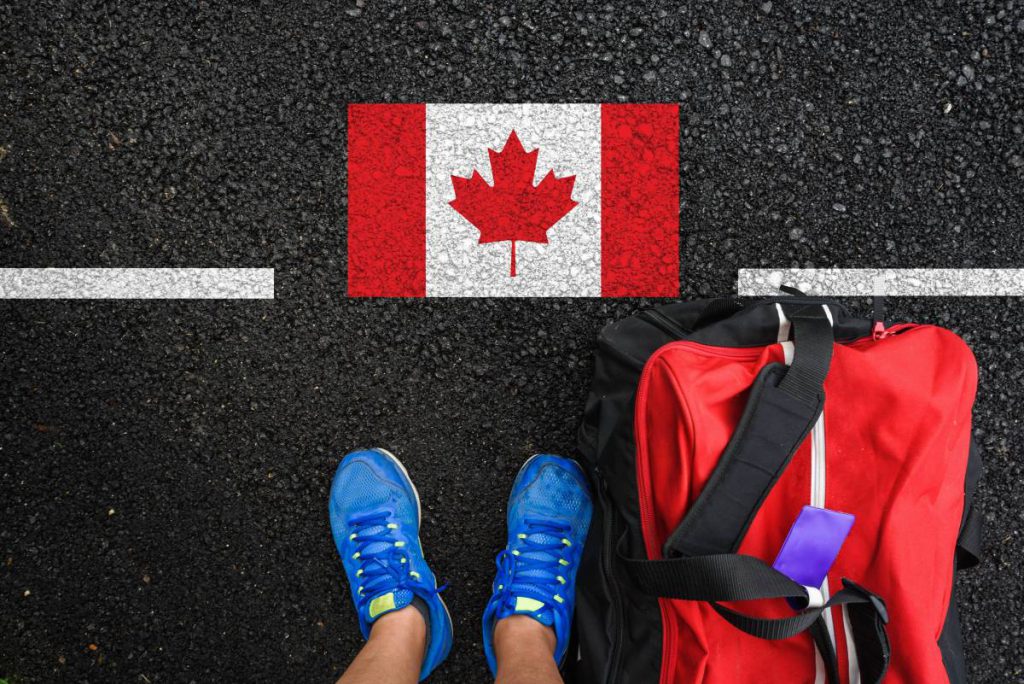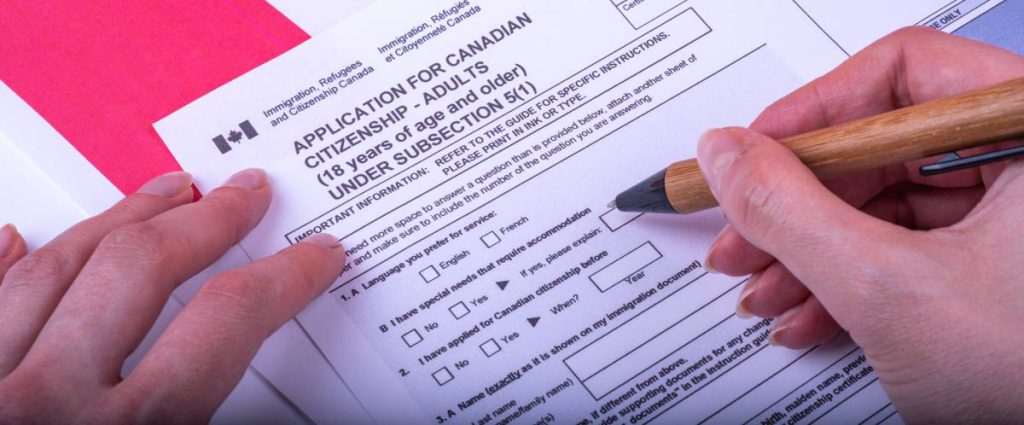With the federal elections approaching, you must be wondering whether to participate or not. Although voting in Canada isn’t compulsory, exercising the right to vote can be a powerful tool to let our voices be heard.
If you would like to participate but have no idea whether you’re eligible, where, or how to vote, keep reading. We’ll tell you how to register and mark your ballot paper in the upcoming elections.
WHO CAN VOTE?
Although it hasn’t always been the case, almost any adult in Canada has the right to vote nowadays. You must:
- be at least 18 years old
- be a Canadian citizen
- prove your identity and address using a suitable document from the approved list
In order to vote, you must be registered on the National Register of Electors. Most Canadians who are qualified electors are already registered there. If you have checked off the two boxes for Elections Canada on your income tax return this year, you’ll probably be registered at your current address.

HOW CAN I REGISTER?
Provincial, territorial, and federal elections are independently regulated. There’s a management body that administers each election, so you’ll need to check the regulations that apply to you on your local webpage. At a federal level, elections are managed by Elections Canada.
Ideally, a citizen must be correctly registered on the list of electors at least 14 days before the election day to receive their voter information card. This paper contains the exact date and place of election day. Elections Canada encourages early-registration to avoid any errors or delays. However, it is now also possible to register at your assigned polling station on the same day. You’ll need to stand in two different lines: one to register and one to cast your vote.
From 2019, any Canadian citizen aged 14 to 17 can register on the Register of Future Electors with Elections Canada and receive a voter registration card when they turn 18. This registration is not mandatory. If you are under age, you may choose to wait till you turn 18.
NOTE: Bringing incorrect paperwork or identification will prevent you from voting. Make sure you have the right documents before heading to the polling station. If you lack the necessary documentation to prove your identity or to use as proof of address, you may bring a written declaration of identity and address. You’ll have to go accompanied by a person voting in the same polling station as you, who can prove their identity and address and is willing to vouch for you.
HOW CAN I VOTE?
You can vote almost any time during the election period. Remember that you’ll be asked to prove your identity and address no matter what way of voting you select. There are 5 available options:
- On election day: you must do this at your assigned polling station. The opening hours and address are written on your voter information card. You can also check this information using the Voter Information Service online.
- On advance polling days: advance voting takes place on the 10th, 9th, 8th, and 7th days before election day. It’s usually open from 9:00 a.m. to 9:00 p.m. Electors can find the address of their assigned polling station on the back of their voter information card, by visiting Elections Canada or by calling 1-800-463-6868.
- By using the special ballot process: you’ll need to check the details about the deadline to vote by special ballot before every election. Once you have applied to vote by special ballot, you can’t change your mind and vote at advance polls or on election day. This is typically done:
- In person at a local Elections Canada office: you can vote at any local Elections Canada office across the country until the 6th day before election day. You must complete an application for Registration and Special Voting Form. Once your application is accepted, an agent will give you a special ballot voting kit. You may then vote on the spot or, if you prefer, return to the office later to cast your ballot.
- By mail: you can use this method either if you live in Canada or abroad.
If you live in Canada:
You must complete an application for Registration and Special Ballot. You can get this form at any Elections Canada office or by calling Elections Canada. Return your completed form by email including a copy of your proof of identity and address. You can do it in person to any local Elections Canada office.
Once your application has been accepted, you’ll receive a special ballot voting kit with detailed instructions by mail. Your ballot won’t have a list of candidates to choose from. Instead, there’ll be a blank space for you to write the name of the candidate you’re voting for.
If you live abroad:
If you are a Canadian citizen who has lived in Canada at one point in life, no matter for how long, you can register on the International Register of Electors. This is a list of Canadians temporarily residing abroad who are eligible to vote. To enrol, you must either:
- Apply online
- Download the PDF form, print it, and send it to the coordinates on the form (fax, mail)
- Contact Elections Canada and request that they send an application form to register in the Special Ballot for Canadian Citizens Residing Abroad by mail
On your application, you must indicate your last address before leaving Canada. This will determine the electoral district for which your vote will be counted. If your application is successful, you’ll receive a special ballot voting kit by mail containing instructions on how to complete and return your special ballot also by mail.
TO CONCLUDE
As you can see, casting your vote in Canada is a fairly straightforward process that will allow you to exercise your right as a citizen. No matter the way you choose to do it, voting is a powerful tool to let those in power know what we think about their policies and foster positive changes. Don’t let this opportunity go to waste and have your voice heard on the upcoming election day.







